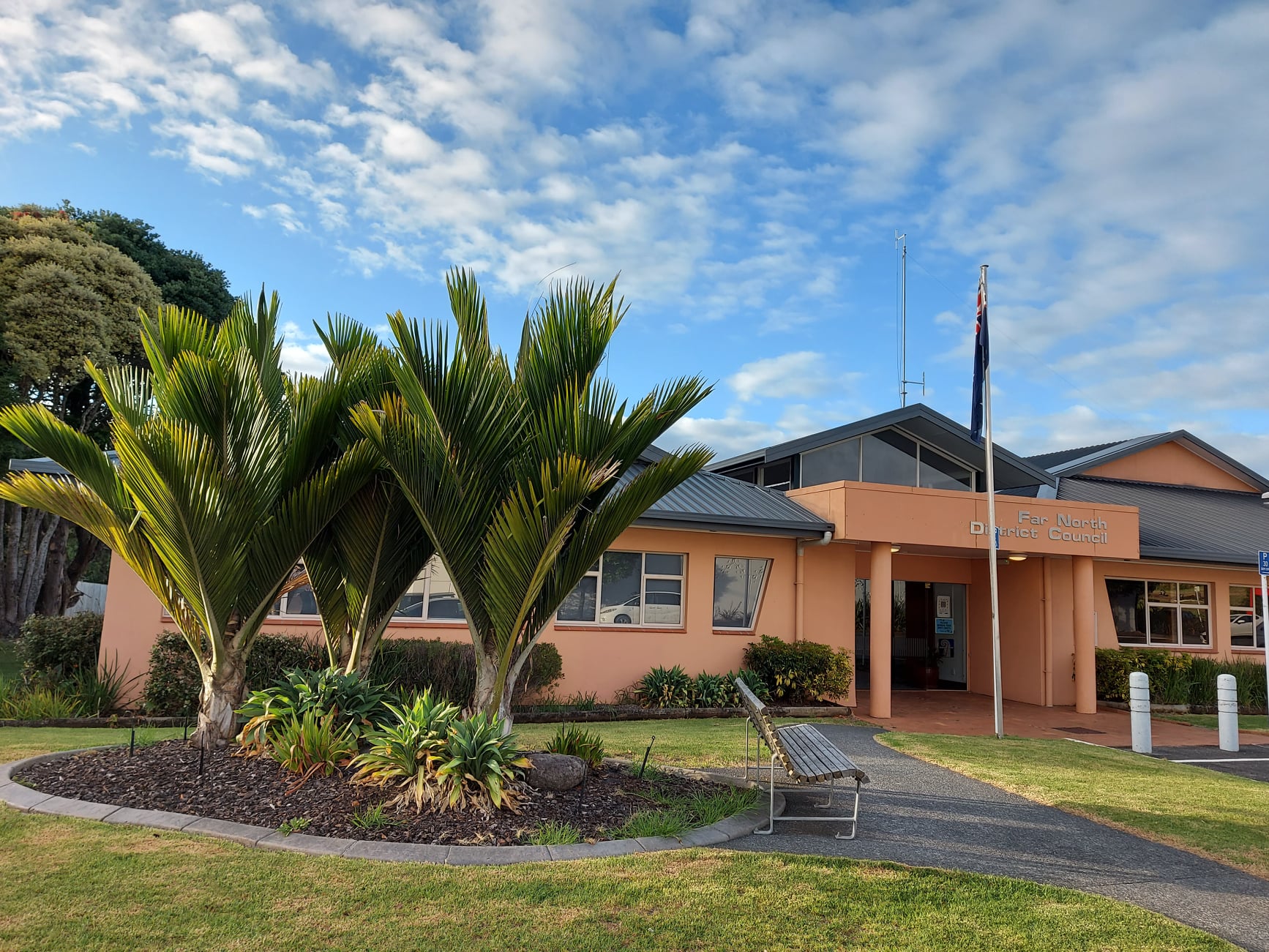Aiming for fair and effective representation
Increasing the number of councillors from nine to ten and electing four of these from a district-wide Māori ward are among proposed changes to the Far North District Council’s governance structure.

Increasing the number of councillors from nine to ten and electing four of these from a district-wide Māori ward are among proposed changes to the Far North District Council’s governance structure.
Councils are required to undertake a representation review at least every six years or if Māori wards are introduced. The Council last reviewed its representation arrangements in 2015 and made minimal changes to the governance structure that it adopted after a review in 2009. It is now seeking public feedback on proposed representation arrangements which include:
- Increasing the number of councillors from nine to 10 to reflect population growth
- Electing four of the 10 councillors from a district-wide Maori ward named Ngā Tai o Tokerau. The ratio of general and Māori wards is set by legislation. The proposal to move to 10 councillors equates to four councillors elected to the Māori ward and six general ward councillors.
- Electing three general ward councillors from a newly named Te Pēwhairangi-Whangaroa Ward (formerly Bay of Islands-Whangaroa Ward) instead of the current four councillors
- Electing two general ward councillors from Te Hiku Ward, instead of the current three councillors
- Electing one general ward councillor from the Kaikohe-Hokianga Ward instead of the current two
- Creating a new Waipapa Subdivision and electing one member of the seven-member Te Pēwhairangi-Whangaroa Community Board from this subdivision (two members will be elected from the Kerikeri Subdivision instead of the current three)
- Changing the boundaries of wards and subdivision to reunite previously split communities of interest and support the formation of a new Waipapa Subdivision.
Mayor Carter says elected members and staff developed the proposed representation arrangements at a series of workshops. “We have followed Local Government Commission guidelines and tried to ensure that the proposed arrangements reflect communities of interest, are effective given the district’s population and provide fair representation to wards and subdivisions.”
Representation arrangements for the 2022 elections will be different to those used for previous elections. “Council resolved in August 2020 to change to the single transferable voting (STV) system. In May this year, we voted to establish one or more Māori wards for the 2022 and 2025 triennial elections. These are the biggest changes the Council has made to how it elects representatives, so it is important that we hear from as many people as possible before the feedback period closes on 1 October.”
Go to www.fndc.govt.nz/repreview after the consultation opens on 20 August for more information.

